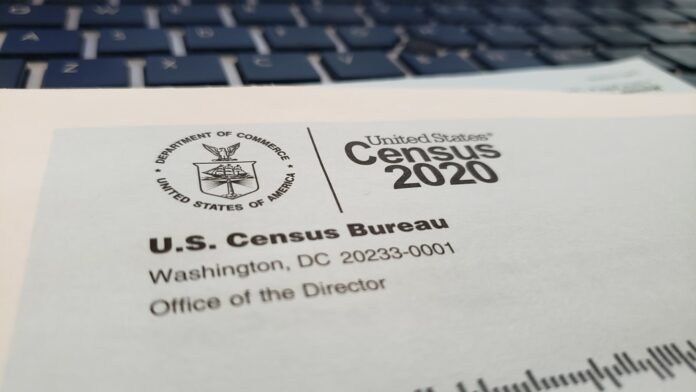Indiana breaks even and doesn’t lose any representation in Congress. The first results from the 2020 Census say Indiana’s population is close to the same as it was in 2010, increasing by about 300,000, and the state, as a result, will keep its nine seats in the U.S. House of Representatives.
That could have a lasting impact on the amount of federal money the state receives. That impact remains to be seen, but likely will increase corresponding to the just under 300,000 person increase.
The population in 2010 was about 6,500,000 people. In 2020 it was 6,790,000.
“State and local officials, the federal government, non-profits, all use census data to make decisions that have a direct impact on our lives,” said U.S. Sec. of Commerce Gina Raimondo, in a Monday news conference on the new data. “We use the data to decide how many teachers we need in our schools, how much funding we need for public housing programs, where to locate a business or a health clinic, where to build new roads.”
Raimondo believes that despite the pandemic, riots and other challenges in 2020, that the Census count is accurate.
Al Fontenot, Jr., with the Census Bureau, believes the delay in sending ou Census workers, was the saving grace for accuracy.
“We were sending them out at a time when the local community would tolerate, or be more open to door to door enumeration,” he said. “By delaying some of our field operations we were able to go into the field and successfully collect the data in areas that had high COVID impacts early in the COVID outbreak. We feel very confident that we did a good job collecting data in spite of the COVID-19 outbreak.”
Indiana will use the data later tis year to decide what House and Senate districts will look like. The impact for you will be who your state representative or senator is. You will be able to read a report on that later this week.





